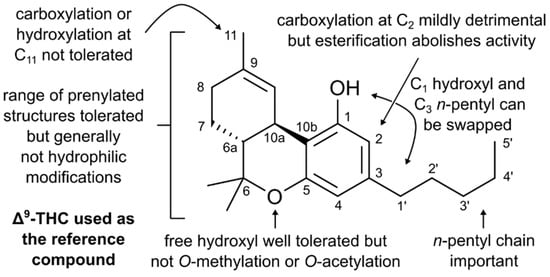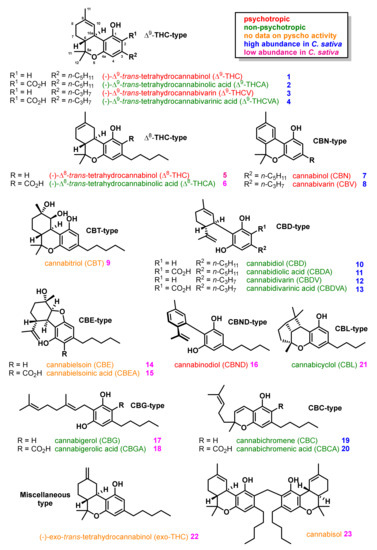 “In this study, we report the potential of cannabidiol, one of the major cannabis constituents, for enhancing osteoblastic differentiation in U2OS and MG-63 cells.
“In this study, we report the potential of cannabidiol, one of the major cannabis constituents, for enhancing osteoblastic differentiation in U2OS and MG-63 cells.
Cannabidiol increased the expression of Angiopoietin1 and the enzyme activity of alkaline phosphatase in U2OS and MG-63. Invasion and migration assay results indicated that the cell mobility was activated by cannabidiol in U2OS and MG-63. Western blotting analysis showed that the expression of tight junction related proteins such as Claudin1, Claudin4, Occuludin1, and ZO1 was increased by cannabidiol in U2OS and MG-63.
Alizarin Red S staining analysis showed that calcium deposition and mineralization was enhanced by cannabidiol in U2OS and MG-63. Western blotting analysis indicated that the expression of osteoblast differentiation related proteins such as distal-less homeobox 5, bone sialoprotein, osteocalcin, type I collagen, Runt-related transcription factor 2 (RUNX2), osterix (OSX), and alkaline phosphatase was time dependently upregulated by cannabidiol in U2OS and MG-63. Mechanistically, cannabidiol-regulated osteoblastic differentiation in U2OS and MG-63 by strengthen the protein-protein interaction among RUNX2, OSX, or the phosphorylated p38 mitogen-activated protein kinase (MAPK).
In conclusion, cannabidiol increased Angiopoietin1 expression and p38 MAPK activation for osteoblastic differentiation in U2OS and MG-63 suggesting that cannabidiol might provide a novel therapeutic option for the bone regeneration.”

 “A post-antibiotic world is fast becoming a reality, given the rapid emergence of pathogens that are resistant to current drugs. Therefore, there is an urgent need to discover new classes of potent antimicrobial agents with novel modes of action.
“A post-antibiotic world is fast becoming a reality, given the rapid emergence of pathogens that are resistant to current drugs. Therefore, there is an urgent need to discover new classes of potent antimicrobial agents with novel modes of action.


 “HIV/SIV-associated oral mucosal disease/dysfunction (HAOMD) (gingivitis/periodontitis/salivary adenitis) represents a major comorbidity affecting HIV patients on anti-retroviral therapy.
“HIV/SIV-associated oral mucosal disease/dysfunction (HAOMD) (gingivitis/periodontitis/salivary adenitis) represents a major comorbidity affecting HIV patients on anti-retroviral therapy. “Phytocannabinoids are bioactive natural products found in some flowering
“Phytocannabinoids are bioactive natural products found in some flowering  “Deposition of amyloid-beta (Aβ) peptide in the brain is the leading source of the onset and progression of Alzheimer’s disease (AD). Recent studies have suggested that anti-amyloidogenic agents may be a suitable therapeutic strategy for AD.
“Deposition of amyloid-beta (Aβ) peptide in the brain is the leading source of the onset and progression of Alzheimer’s disease (AD). Recent studies have suggested that anti-amyloidogenic agents may be a suitable therapeutic strategy for AD.

 “Objectives: To investigate the action of cannabinoids on spasticity and pain in secondary progressive multiple sclerosis, by means of neurophysiological indexes.
“Objectives: To investigate the action of cannabinoids on spasticity and pain in secondary progressive multiple sclerosis, by means of neurophysiological indexes.